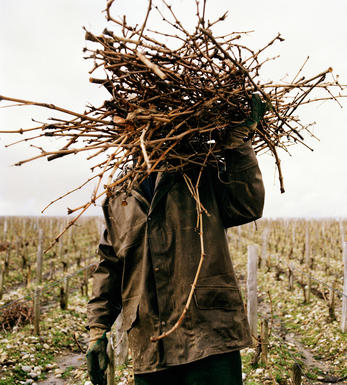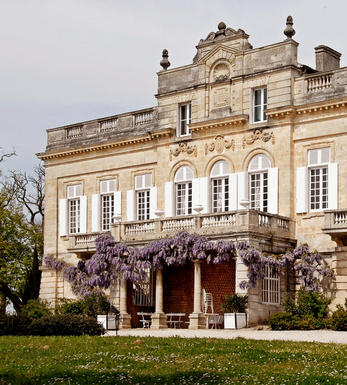
2003 Château Haut-Marbuzet, St Estèphe, Bordeaux

Critics reviews
Robert M. Parker, Jr. - 24/04/2006
89-91/100 pts. (Robert Parker - Wine Advocate - April 2004)
About this WINE

Chateau Haut Marbuzet
Chateau Haut Marbuzet produces one of the most hedonistic and voluptuous wines in the Médoc today. It is classified as a cru bourgeois, yet its wines regularly outshine many offerings from its more illustrious grand cru classés neighbours. The 40 hectare estate is located about 2 kilometres north of Cos d'Estournel in the tiny hamlet of Marbuzet in St-Estéphe. Its vineyards are well sited facing the Gironde estuary and are planted on gravel rich soils.
The property was purchased in 1952 by Hervé Dubosq and is now owned and managed by his son, Henri. The wine is now typically a blend of 50% Cabernet Sauvignon, 40% Merlot and 10% Cabernet Franc. The high percentage of Merlot accentuates the fleshy, supple side of the wine and this is further accentuated by harvesting as late as possible and by maturing the wine in 100% new oak barrels for 18 months. Henri Dubosq's wines are rich and voluptuous to drink young with plenty of concentrated fruit and chocolatey-vanilla aromas, yet also age beautifully.

Saint-Estèphe
Saint-Estèphe is the northernmost of the most important communes of the Médoc and borders Pauillac on its southernmost border, with only a gully and stream separates it from Ch. Lafite. To the north lies the Bas-Médoc.
Saint-Estèphe is defined by the depth of its gravel, which is ubiquitous but of varying depths and occasionally very shallow, when clay predominates. This keeps the soil cooler and wetter than its counterparts so that the wines can appear fresh in lighter vintages, but superbly successful in hot, dry years.
The best châteaux in the south of the commune have the deepest soil and the thickest gravel. Cos d'Estournel has an exceptional terroir with its vineyards being located on a south-facing ridge of gravel with excellent drainage.
Saint-Estèphe is the least gravelly of main Médoc communes and in the north of the commune the vineyards are heavier and more clay-based leading to a rustic style of wine being produced.
The wines can appear austere in youth with a discernable ferric note at some châteaux, but the best typically display good depth of colour, pronounced acidity an tannins in youth and are exceptionally long-lived. At their best, they are the equal of almost any Bordeaux. The well-regarded St Estèphe co-operative controls the production of about half the appellation.
Recommended Châteaux
Cos (Ch. Cos d'Estournel), Ch. Montrose, Ch. Calon-Ségur, Ch. Lafon-Rochet, Ch. Les Ormes de Pez, Ch. Beau-Site, Ch. Cos Labory, Ch. Phélan-Ségur

Cabernet Sauvignon Blend
Cabernet Sauvignon lends itself particularly well in blends with Merlot. This is actually the archetypal Bordeaux blend, though in different proportions in the sub-regions and sometimes topped up with Cabernet Franc, Malbec, and Petit Verdot.
In the Médoc and Graves the percentage of Cabernet Sauvignon in the blend can range from 95% (Mouton-Rothschild) to as low as 40%. It is particularly suited to the dry, warm, free- draining, gravel-rich soils and is responsible for the redolent cassis characteristics as well as the depth of colour, tannic structure and pronounced acidity of Médoc wines. However 100% Cabernet Sauvignon wines can be slightly hollow-tasting in the middle palate and Merlot with its generous, fleshy fruit flavours acts as a perfect foil by filling in this cavity.
In St-Emilion and Pomerol, the blends are Merlot dominated as Cabernet Sauvignon can struggle to ripen there - when it is included, it adds structure and body to the wine. Sassicaia is the most famous Bordeaux blend in Italy and has spawned many imitations, whereby the blend is now firmly established in the New World and particularly in California and Australia.


Buying options
Add to wishlist
Description
Having just had a brilliant bottle of 1982, I do not believe that Haut-Marbuzet has hit any peaks of greatness since 1990, but 2003 is a good vintage. The 2003 Haut-Marbuzet is ripe, fleshy, exotic, and seductive. Dark ruby/plum-colored with sweet black cherry fruit, dried herbs, and plenty of toasty oak, this wine has good ripeness and purity, and is ideal for drinking over the next 7-8 years.
Robert M. Parker, Jr. - 24/04/2006
wine at a glance
Delivery and quality guarantee